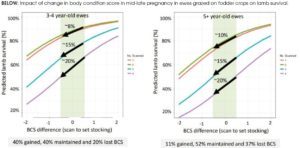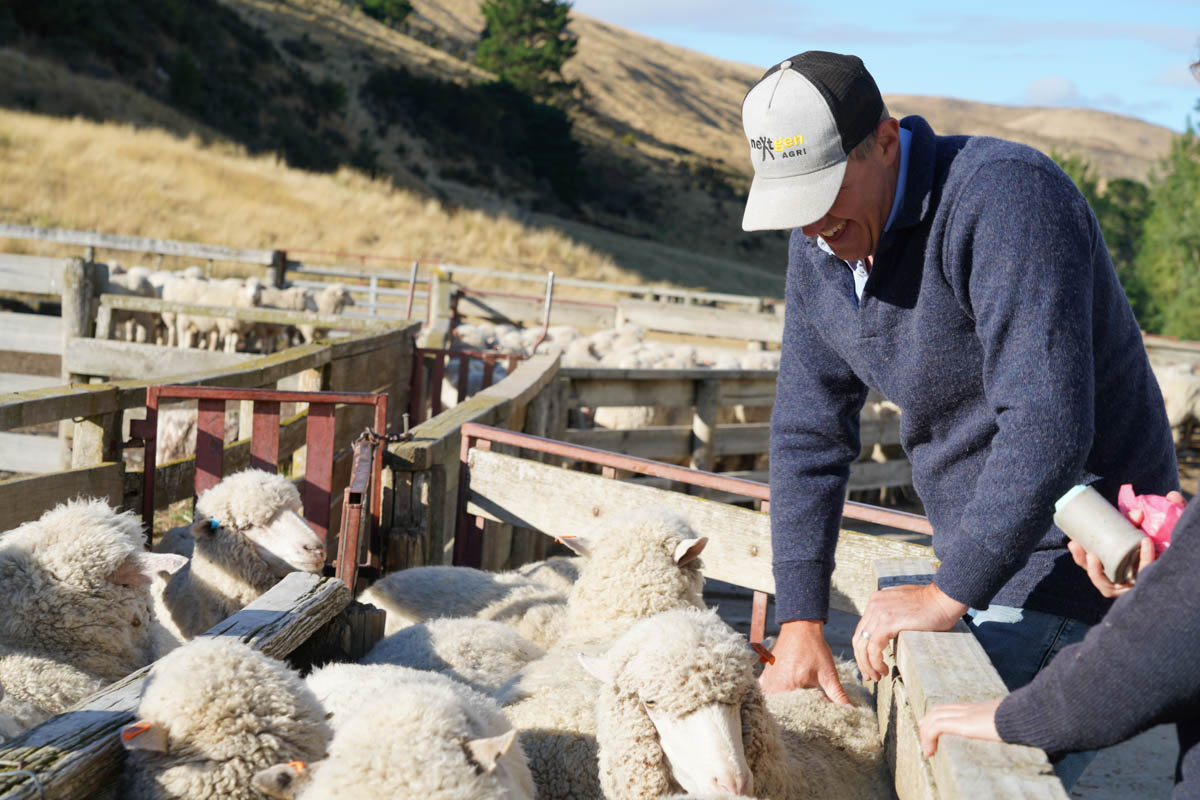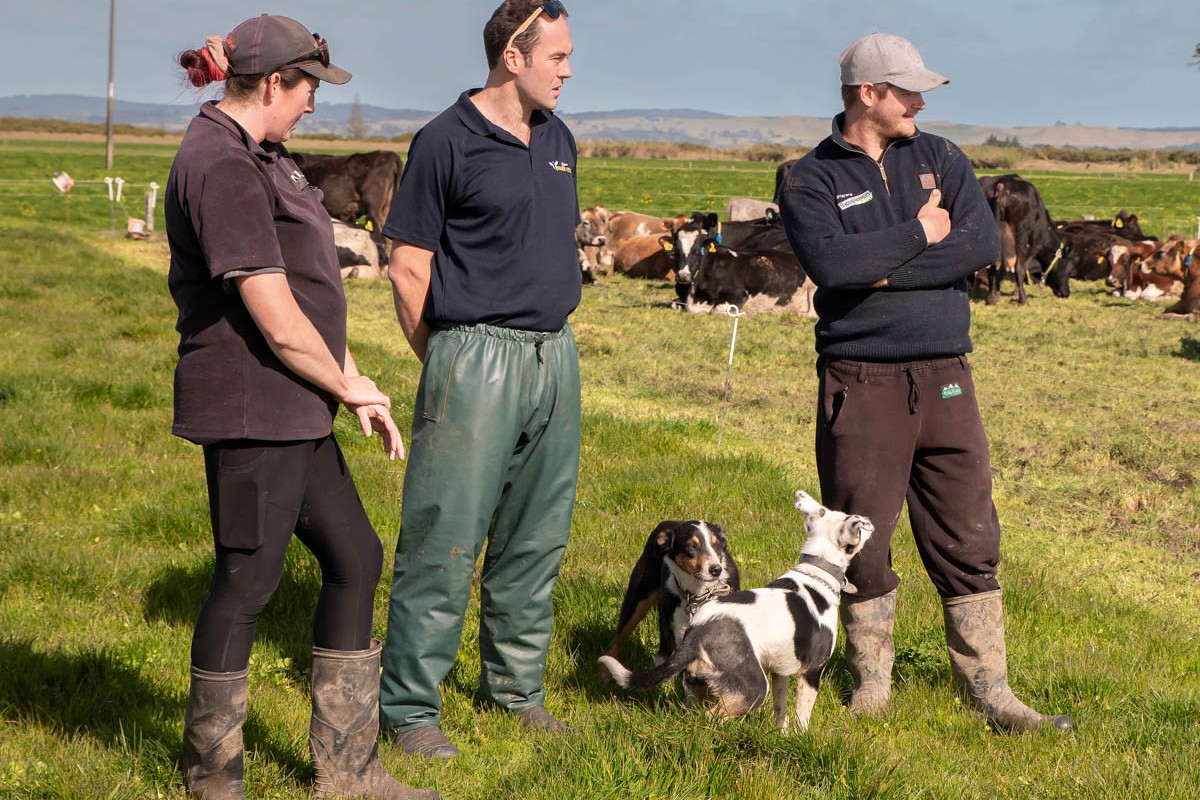Cheyenne Nicholson
Fodder crops can be an excellent solution for feed shortages in winter, enabling increased stocking rates and animal productivity while preserving spring pasture. They have high drymatter yields, are low cost per unit and are high energy feeds.
AgResearch looked at the relationship between body condition score and lamb survival from birth to tailing in ewes grazed on swedes from pregnancy scanning to 120 days gestation on a commercial farm. It was predicted that feeding swedes would be associated with a reduction in ewe body condition score, as a reflection of the ewe’s need to mobilise body reserves to meet her nutritional demands in pregnancy. This negative change in BCS was thought to have negative effects on lamb survival. A previous study using fodder beet saw a decreased survival rate, lamb birth weight and growth rate in lambs born to ewes grazed on fodder beet (compared to ewes on ryegrass/white clover). Like fodder beet, swedes are a low protein crop, so results were expected to be similar.
The key findings were:
- Loss in BCS from pregnancy scanning to 120 days gestation negatively impacted on lamb survival.
- BCS loss/lamb mortality was highest in ewes five years of age or older and ewes carrying three or more fetuses.
- More ewes lost condition than expected but very few ewes lost more than BCS unit, likely due to the high quality lucerne silage provided ad lib as a supplementary feed for the ewes.
- More research required to understand the underlying biology.
Key take-home messages for farmers, irrespective of the feed source, are that making a feed budget and feeding good quality and nutritionally balanced and suitable forages (and supplements if required) according to the number of lambs that ewes are carrying is important. Body condition scoring and pregnancy scanning are key tools in nutritional management.
THE BEET DOWN ON FODDER CROPS
- Agronomically a high yielding and cost-effective crop
- Low crude protein, fibre and mineral.
- Sheep need supplemental protein (especially multiparous ewes) meaning a high protein supplement is often needed alongside forage crops to ensure healthy decent weight lambs and ewes.
- On-going research into how best to integrate fodder crops effectively into sheep farming systems.

PROTEIN REQUIREMENTS IN PREGNANT EWES
In late pregnancy multiparous ewes require significantly more crude protein than single-bearing ewes. Where feed protein is low, ewes will mobilise their own protein reserves which can result in low birthweight lambs.
While the leaf of fodder beet contains 22-25% crude protein, by the end of winter most of the leaf has usually gone leaving the bulb, which typically has 7-9% crude protein. A protein rich supplement like grass or Lucerne silage is then required to meet the nutritional needs of pregnant ewes grazing fodder beet feed, especially in the late stages of pregnancy.




